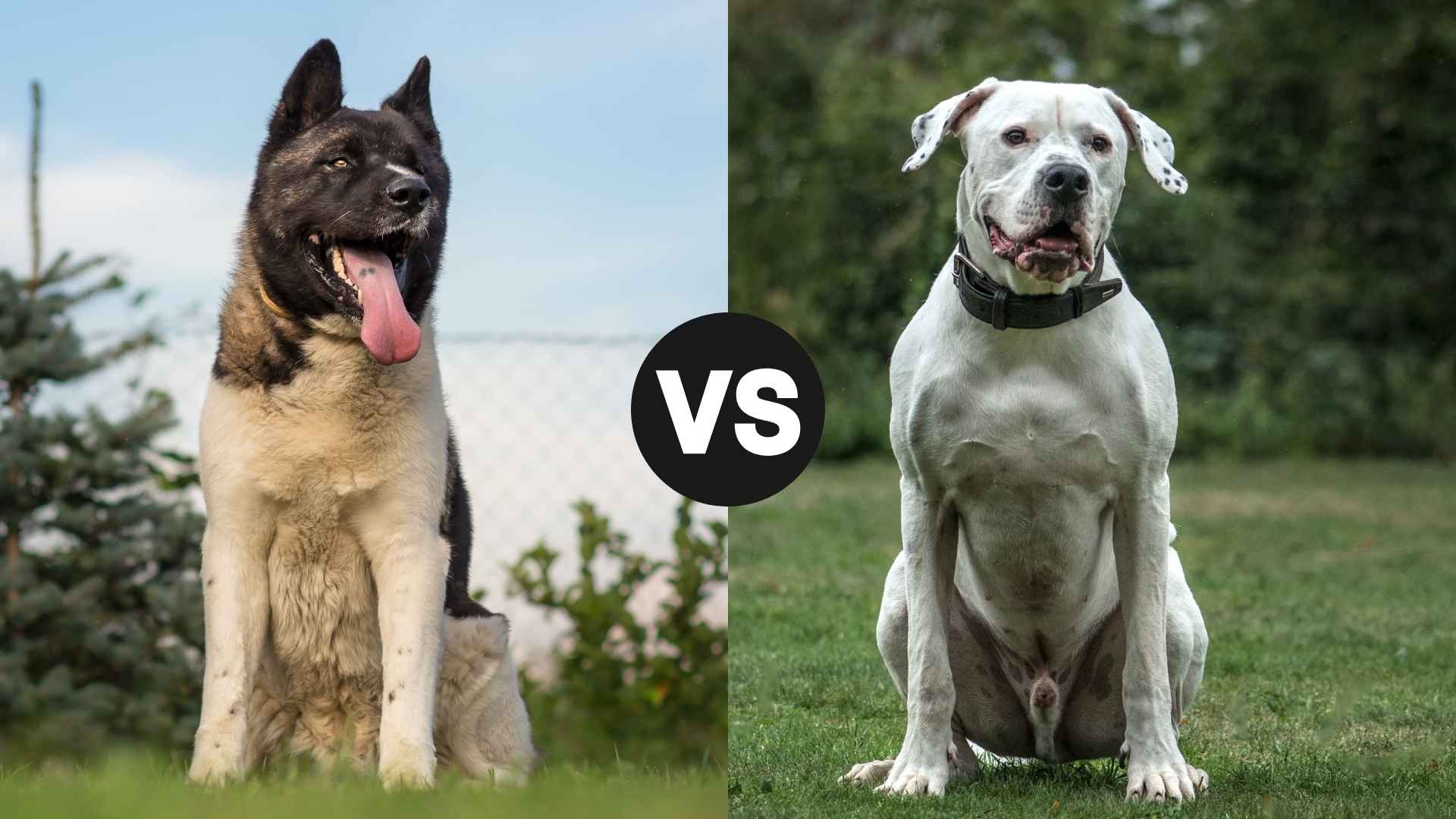Strong. Bold. Loyal. Both the Akita and the Dogo Argentino command attention wherever they go, not just because of their impressive builds, but also because of their presence. These aren’t your average lap dogs.
With deep roots in guarding and protection, both breeds come with a fierce loyalty that makes them ideal for experienced dog owners who know the value of respect, discipline, and proper training. But while they may share traits like courage and power, the Akita and the Dogo are far from the same.
The Akita is dignified and aloof, a noble guardian from Japan with a quiet intensity. The Dogo Argentino, on the other hand, is more of a fearless adventurer, born for the hunt and deeply affectionate with his family.
If you’re considering bringing one of these magnificent dogs into your life, it’s crucial to understand their differences. We’ll explore everything from temperament to training, helping you choose the right guardian for your home.
Akita vs. Dogo Argentino
Size Comparison: Akita vs. Dogo Argentino
Ever wondered what it’s like to hug a furry linebacker or a muscle-packed guardian angel? You’re in the right ring. Let’s break down their sizes—and see who takes the heavyweight crown.
Akita:
The Akita Inu (Japanese Akita) and the American Akita (Akita Shepherd) are closely related but not exactly the same. The Akita is the original breed from Japan, typically smaller with a more refined, fox-like face and limited coat colors.
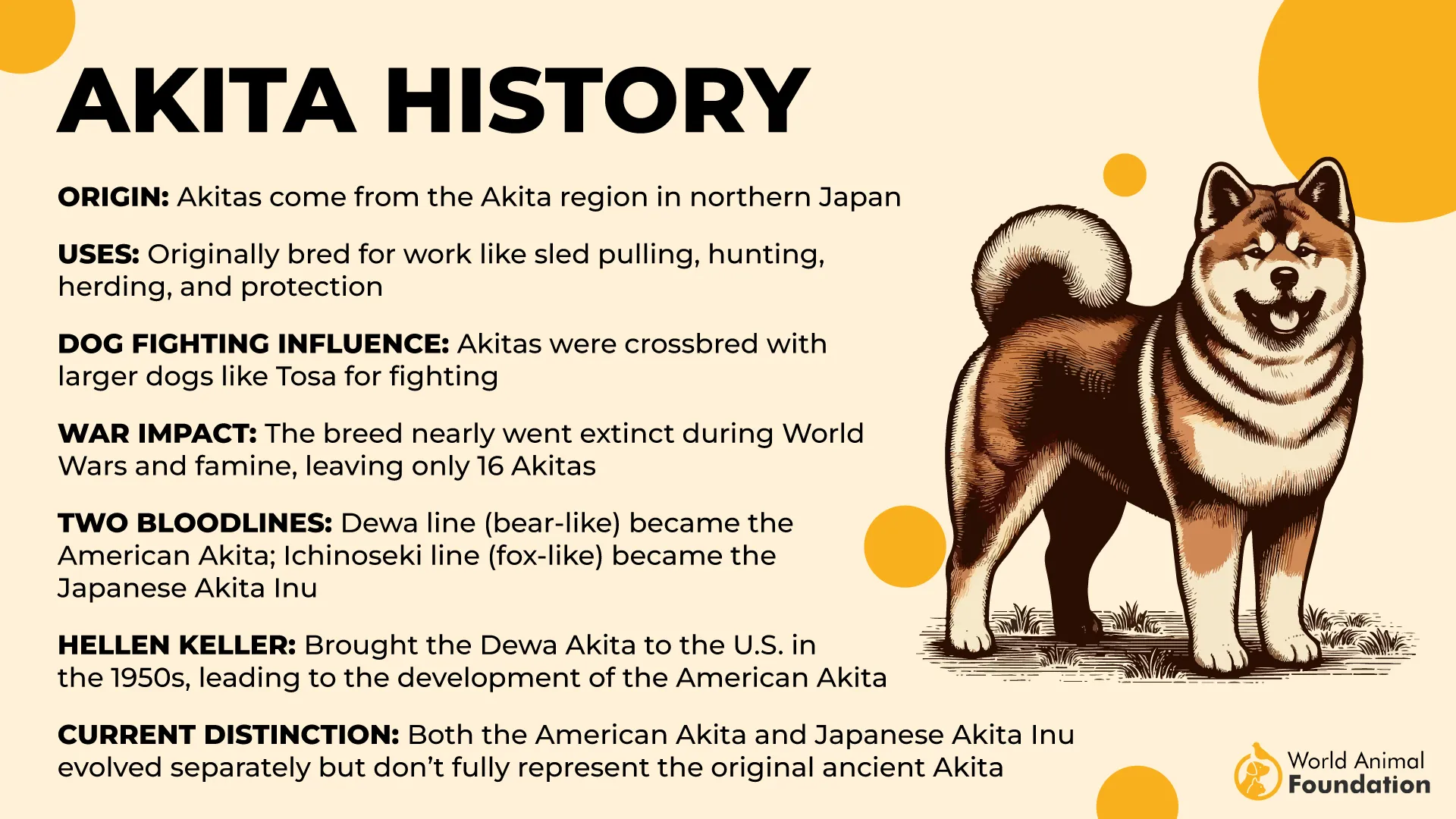
The American Akita, developed in the U.S., is larger and more robust, with a broader head and a wider coat color variation. PetMD notes that families are often gifted a statue of an Akita dog to symbolize protection and good health, especially after the birth of a new baby or when a family member is ill.
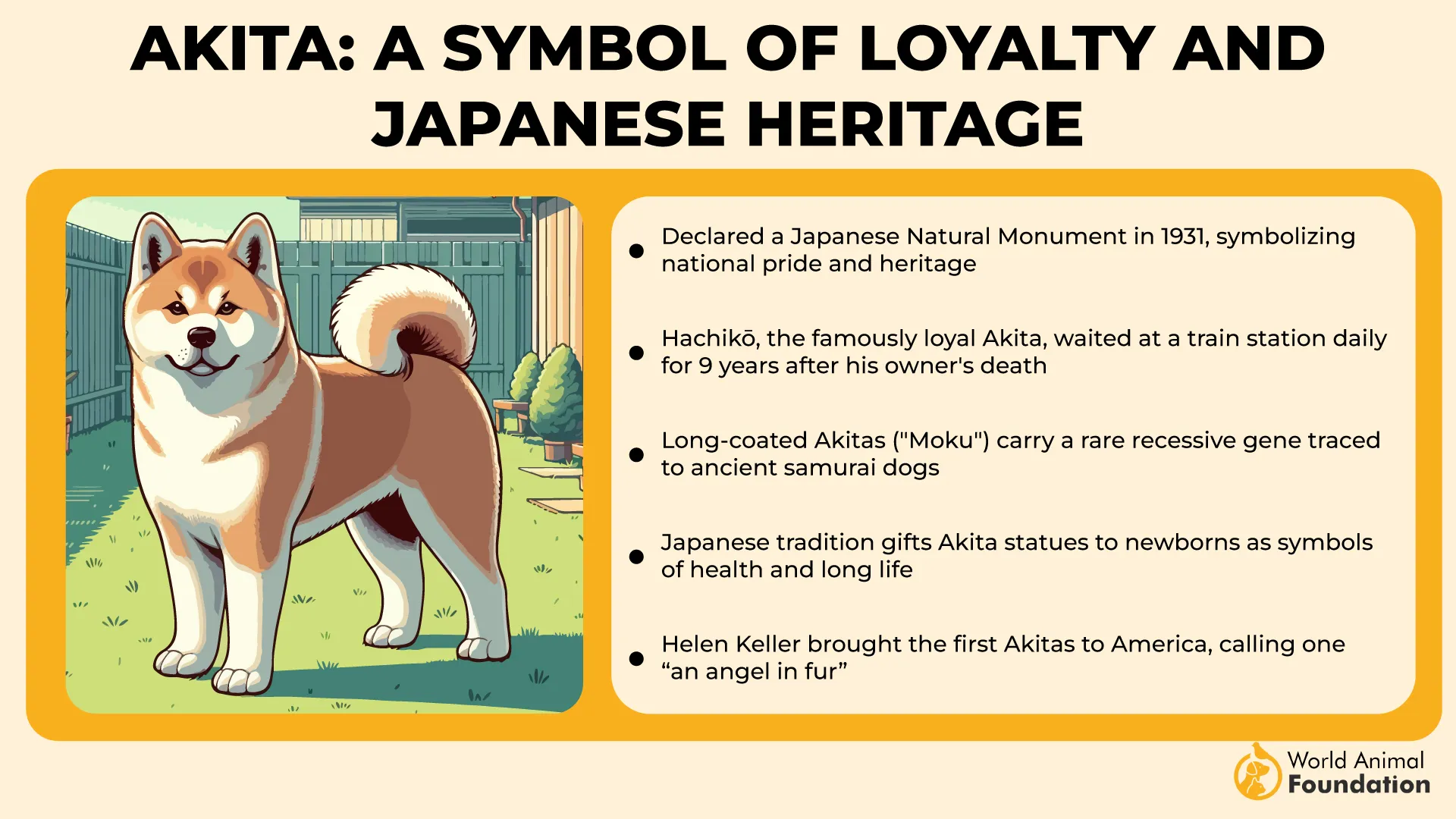
Height:
Males: 26–28 inches
Females: 24–26 inches
Weight:
Males: 100–130 lbs
Females: 70–100 lbs
The Akita is like a furry fortress. Big bones, dense fur, a broad chest, and a curled tail that could moonlight as a feather duster. Don’t let that plush coat fool you—underneath all that fluff is a solid tank of a dog with the presence of royalty.
This breed has the size and the swagger. Walking an Akita down the street feels less like a stroll and more like a royal parade. People move. Cats retreat. Small dogs reevaluate their life choices.
Dogo Argentino:
The Dogo Argentino is a large, muscular breed originally developed in Argentina for big-game hunting, according to Wikipedia. Known for their strength, agility, and endurance, Dogo Argentinos are courageous and protective, making them excellent family guardians when properly trained and socialized.
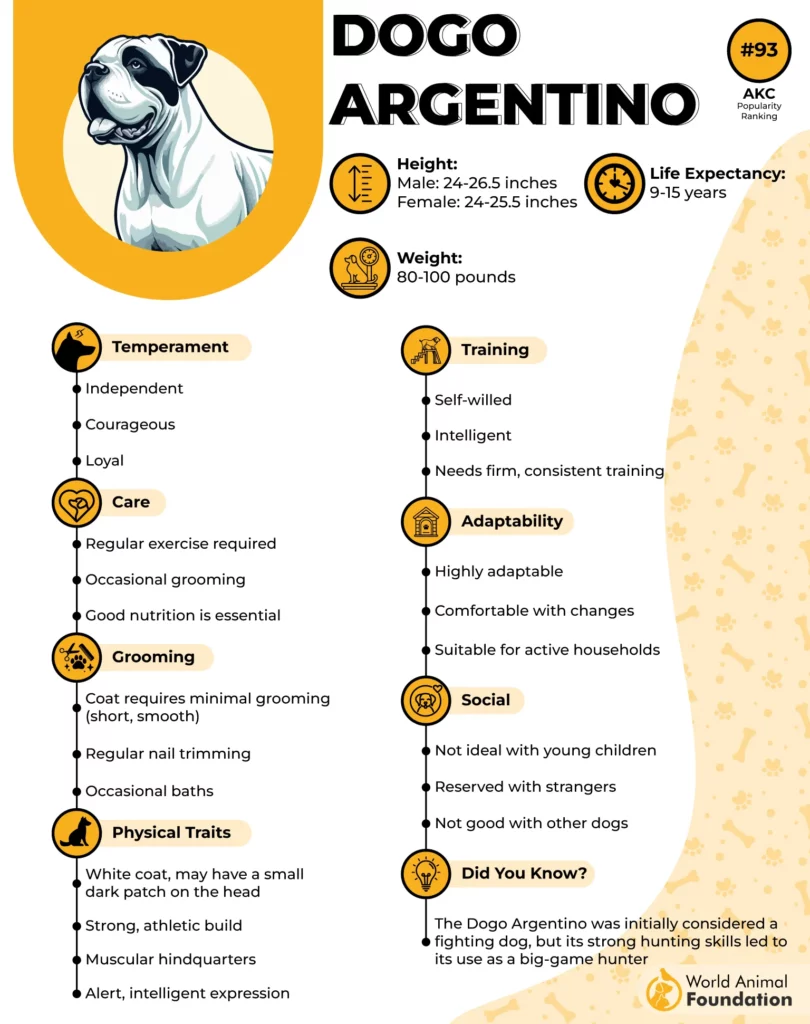
Height:
Males: 24–27 inches
Females: 23.5–26 inches
Weight:
Males: 88–100 lbs
Females: 80–90 lbs
The Dogo Argentino is the canine version of an action hero—sculpted, athletic, and all muscle with just a sprinkle of “don’t mess with me” energy. With a smooth, short coat and lean build, the Dogo doesn’t rely on fluff to intimidate—it’s all pure power and clean lines.
This is a dog that looks like it came out of a Marvel casting call. (If Batman had a dog, it might be a Dogo.) And yet, behind all that brawn is a loyal cuddle monster with an affectionate side. Think bodyguard on the outside, big softie on the inside.
Lifespan and Longevity
When it comes to our furry companions, we all wish they could live forever, but understanding their typical lifespan and what affects it can help us give them the longest, happiest life possible.
Akita:
Average Lifespan: 10–13 years
Akitas are relatively long-lived for large dogs, thanks to careful breeding and general hardiness. With proper care, exercise, and a good vet in their corner, many Akitas can hit their early teens and still patrol the backyard like seasoned security guards.
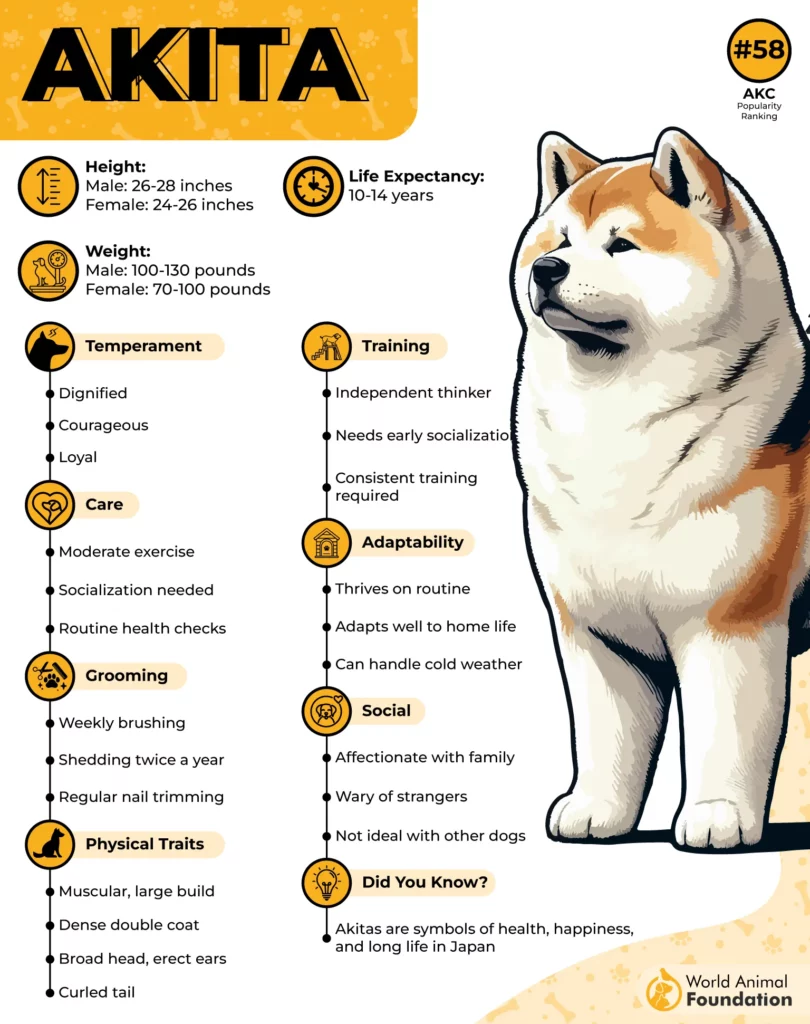
Common Health Concerns:
Hip dysplasia
Hypothyroidism
Progressive retinal atrophy (PRA)
Autoimmune disorders (they’re kind of dramatic that way)
Bloat (always a risk for big-chested breeds)
Pro Tip: Regular vet checkups, high-quality food, and controlled exercise (especially during puppyhood) are key to keeping that Akita tail curling happily into old age.
Dogo Argentino:
Average Lifespan: 10–12 years
Built like an athlete, the Dogo Argentino has a sturdy constitution and a heart full of loyalty. With a little love and a lot of playtime, they can thrive into their golden years, though like the Akita, they come with their own set of red flags.
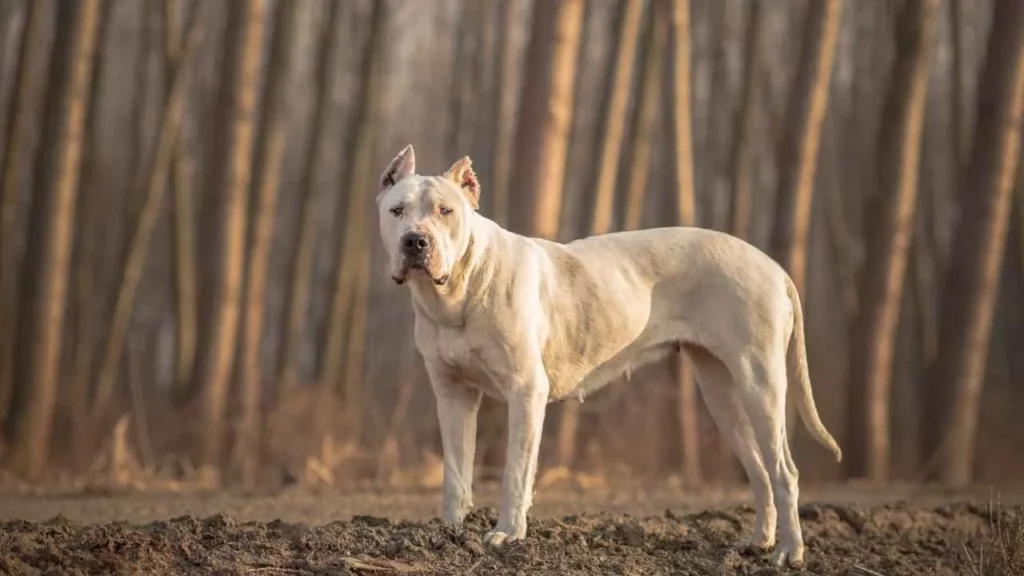
Common Health Concerns:
Deafness (a known issue due to the breed’s white coat genetics)
Hip dysplasia
Skin allergies (hello, sensitive skin!)
Hypothyroidism
Autoimmune diseases (not to be outdone by the Akita)
Pro Tip: Regular hearing checks, a balanced diet, and lots of mental stimulation will help your Dogo live a long and well-lived life.
Temperament and Personality Traits
Let’s dig into the temperament of our two majestic gladiators—Akita and Dogo Argentino. Both will steal your heart—but one might silently judge your snack choices while the other tries to sit on your lap. Let’s go!
Akita:
Akitas are aloof, dignified, and a little judgy—basically the brooding hero in every anime. They’re famously loyal, often bonding deeply with one or two humans and politely tolerating the rest of the population.
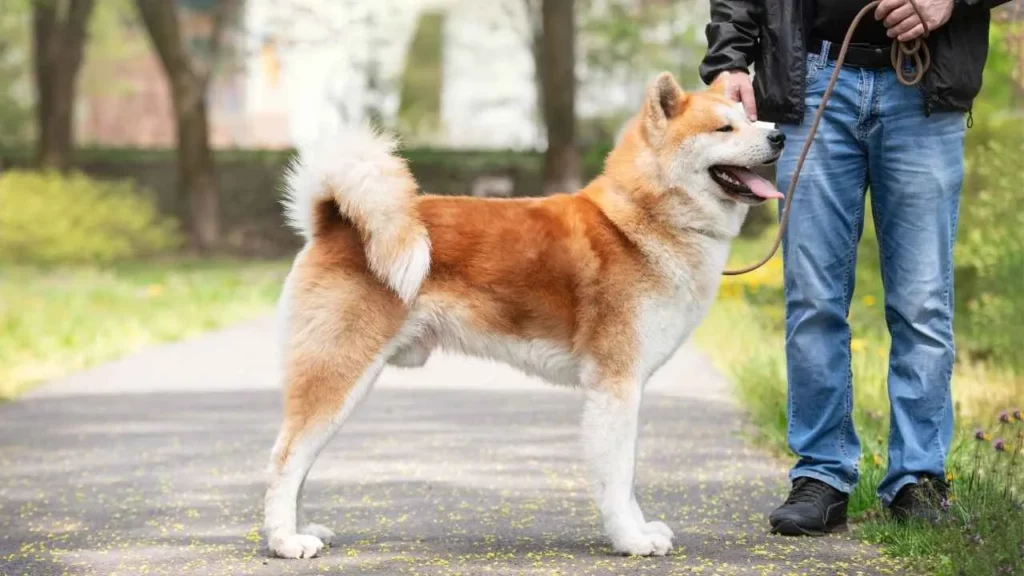
Personality Snapshot:
✅ Independent thinkers (translation: “I heard your command. I’m ignoring it.”)
✅ Calm and composed indoors
✅ Reserved with strangers but ferociously loyal to family
✅ Can be dominant with other pets, especially of the same sex
✅ Low tolerance for nonsense (aka rowdy dogs or door-to-door salespeople)
Fun Fact: Akitas don’t bark often, but when they do, it’s meaningful. Like a TED Talk, but angrier.
Dogo Argentino:
Where the Akita is the silent protector, the Dogo is the enthusiastic bodyguard who shows up to your birthday party, brings gifts, and then guards the cake.
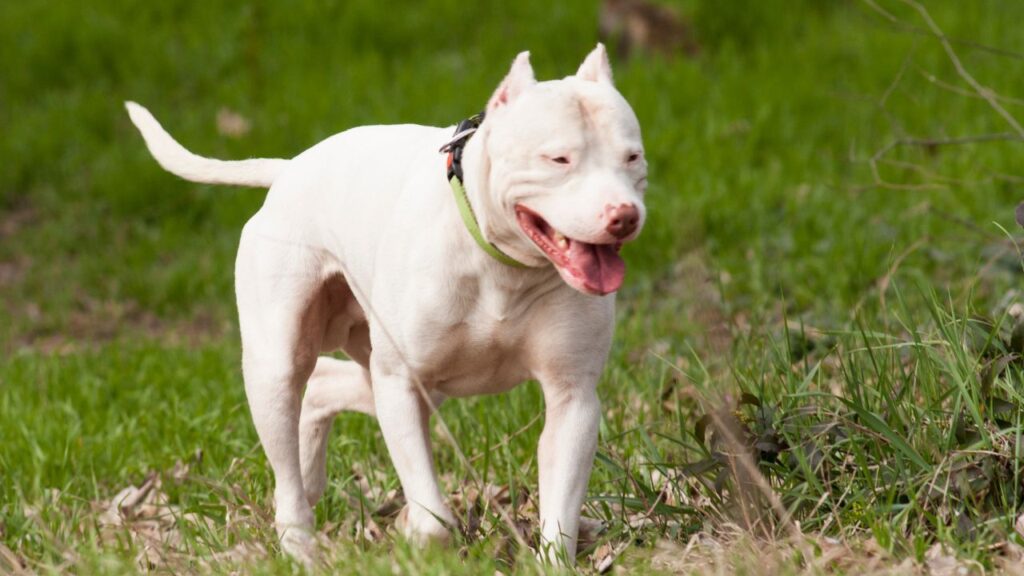
Personality Snapshot:
✅ Friendly, outgoing, and playful
✅ Highly protective nature for their people—sometimes to a fault
✅ Needs early socialization to avoid developing territorial tendencies
✅ Great with active families and kids (but watch the size!)
✅ Gets along better with other pets if raised with them, though prey drive can be high
Fun Fact: Dogos are lovers before they’re fighters. But if someone threatens their pack? You’ll see just how brave this marshmallow is.
Guarding Instincts and Protective Behavior
Both the Akita and the Dogo Argentino possess strong guarding instincts and protective behavior, but they express these traits in different ways, influenced by their history, temperament, and training.
Akita:
Akitas take their job as family protectors very seriously. They weren’t bred to bark unnecessarily — they were bred to observe, judge, and then act with ninja-level precision. You might not even know your Akita is watching the door… until someone sketchy tries to open it. Then boom — you’ve got a 100-pound wall of fur and loyalty between you and the world.
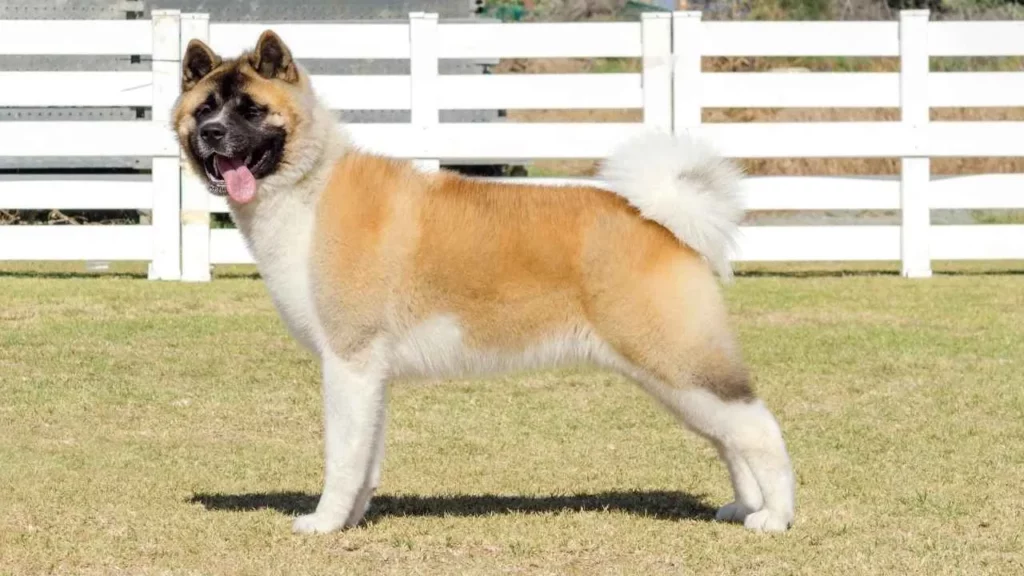
Guarding Style:
Reserved but hyper-aware — always scanning the environment.
Naturally territorial — your house = their temple.
Protective of children in the family, but may not be tolerant of strange kids.
Stranger danger? Absolutely. Socialization is crucial, or you might end up with a dog that side-eyes everyone from your Amazon delivery guy to your mother-in-law.
They’re quiet guardians — no unnecessary barking. When an Akita sounds the alarm, something is probably about to go down.
Dogo Argentino:
Now, the Dogo Argentino is no subtle ninja. They’re the bodyguard who winks at you while flexing. This breed was developed for big-game hunting and naturally evolved into a formidable home protector. Unlike the Akita’s silent observation, the Dogo’s protective instinct is more assertive and alert, especially if they think their humans are in danger.
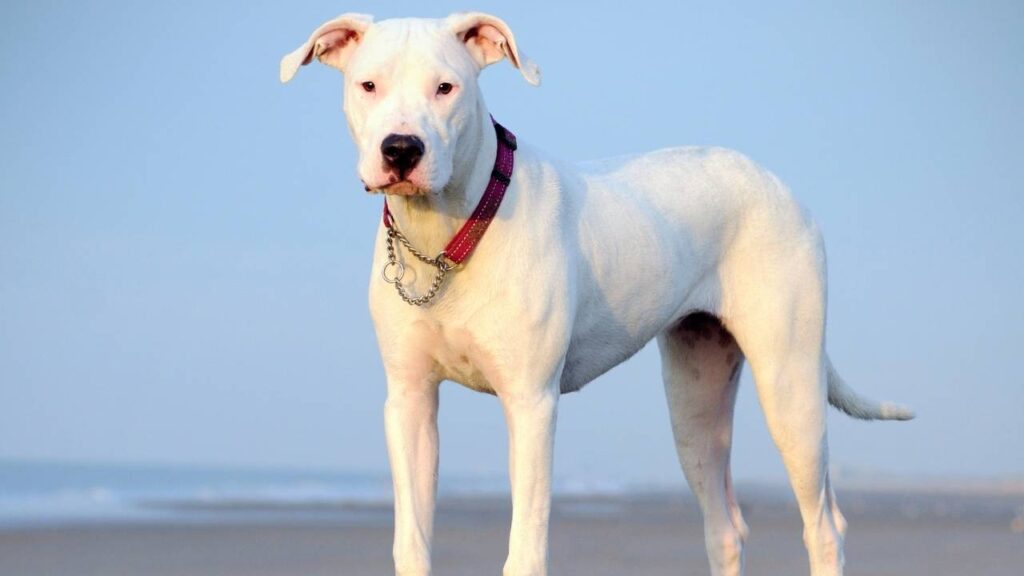
Guarding Style:
Bold and fearless — will stand between you and danger like a marble statue with attitude.
Alert barkers — they’re not loudmouths, but they’ll sound the alarm if needed.
Family-first mentality — especially protective of kids.
Need training and socialization to differentiate between real threats and your overly dramatic cousin visiting for the weekend.
Bonus: While Dogos are friendly with their people, they can be intense around strangers without early exposure and leadership. They’re not aggressive without reason — just very committed to the “no one messes with my family” policy.
Exercise and Activity Needs
Akitas and Argentinos are both large, powerful breeds that require regular physical activity to maintain their health and well-being, though the level and type of exercise they need can vary significantly.
Akita:
Akitas have a moderate energy level, which means they’re not going to beg you for 10-mile runs, but they do need daily activity to stay sane and avoid redecorating your living room with their teeth.
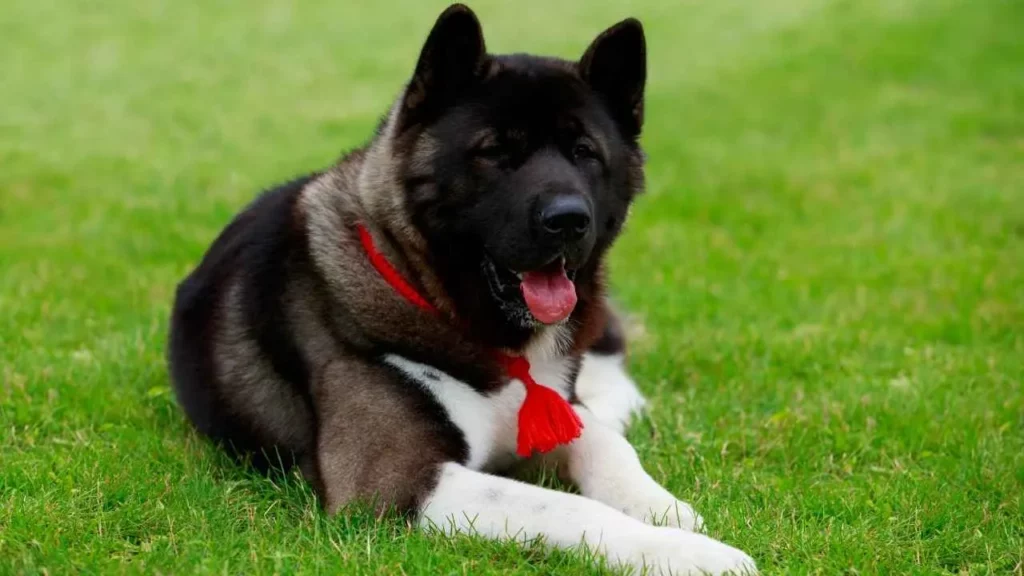
Exercise Requirements:
Britannica says the Akita has a medium activity level, it still requires at least an hour of daily exercise to stay healthy and happy.
Enjoy walks, hikes, and mental stimulation (training sessions, puzzles, even scent games).
Not big on fetch or off-leash park play — thanks to their independent, “I do what I want” attitude.
Can get bored or destructive if under-exercised.
Pro Tip: Mental workouts are as important as physical ones. Give them a puzzle toy and watch them solve it like Sherlock Holmes with a tail.
Dogo Argentino:
This dog needs exercise like you need coffee — daily, in large quantities, and with serious enthusiasm. Dogos are natural athletes and need an outlet for all that drive and energy. A bored Dogo is a creative Dogo — and not in a good way.
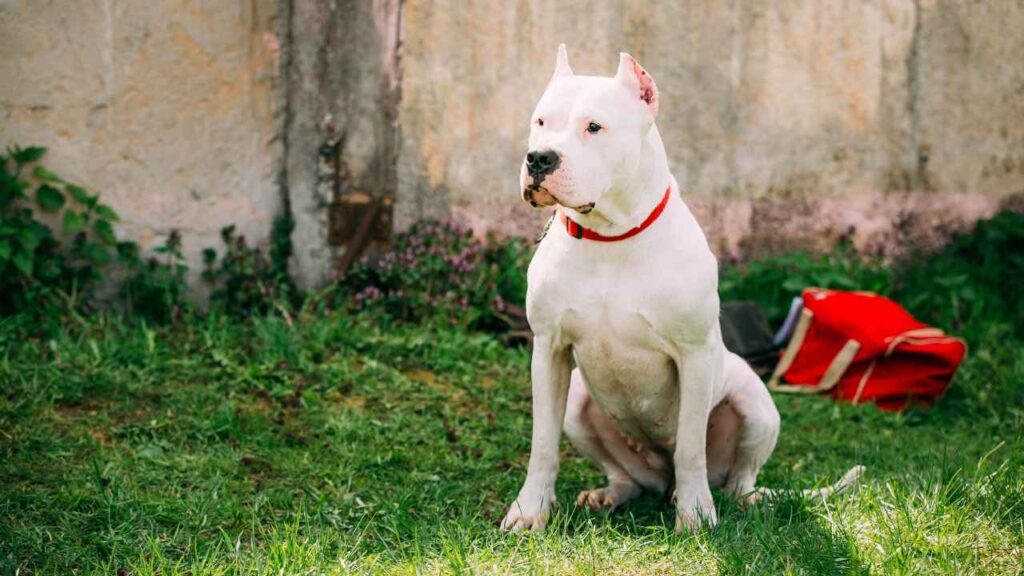
Exercise Requirements:
1–2 hours of high-quality exercise daily.
Thrives on activities like running, hiking, agility, obedience training, and even swimming.
Needs room to move — apartments aren’t ideal unless you’re very active.
Without exercise, they may channel their energy into “renovating” your furniture.
Pro Tip: If you’re a runner, hiker, or a backyard sports enthusiast, this is your dream dog. If your idea of a workout is scrolling through Netflix menus… maybe reconsider.
Health and Grooming Requirements
Understanding the health risks and grooming needs of the Akita and Argentino is essential for providing proper care and ensuring a high quality of life for both breeds.
Akitas:
Akitas may look like they’re wearing a fancy fur kimono, but underneath that regal appearance are a few health issues and a grooming checklist long enough to make a salon blush.
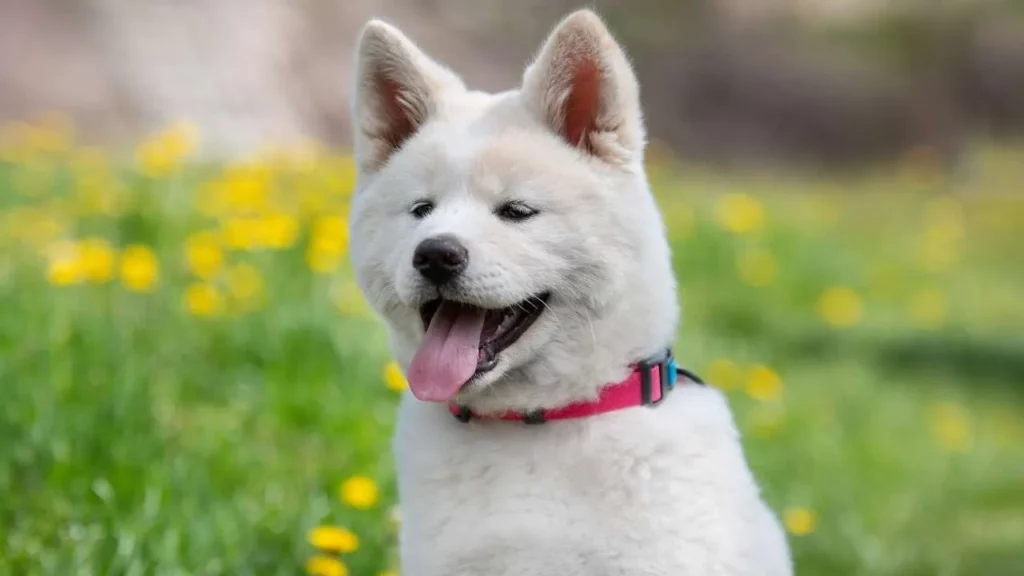
Lifespan: 10–13 years
Common Issues:
Hip dysplasia
Autoimmune disorders
Hypothyroidism
PRA
Bloat (like many deep-chested breeds)
Note: Their aloof attitude sometimes hides signs of illness, so regular vet checkups are a must.
Grooming Needs:
Double coat = double the fluff.
Shed seasonally (read: blizzards of fur in spring/fall).
Weekly brushing turns into daily brushing during shedding seasons.
Not a fan of dirt but does need regular baths — every 6–8 weeks.
Don’t forget nail trims and ear checks (because ear infections are not majestic).
Grooming Vibe: Think of it like taking care of a fuzzy, dignified lion who wants to look fabulous but won’t lift a paw to help.
Dogo Argentino:
Argentinos were made for action, not primping. Their short, smooth coat is almost unfairly low-maintenance. But don’t let the sleek look fool you — their inner athlete still needs health support and care.
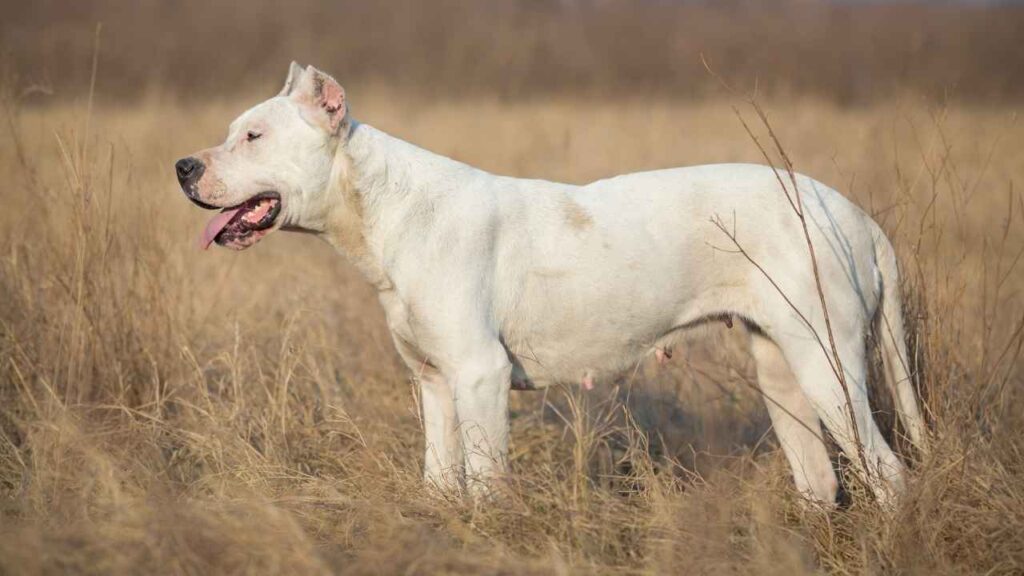
Lifespan: 10–12 years
Certain Health Issues:
Deafness (particularly in white-coated breeds — up to 10% may be unilaterally or bilaterally deaf)
Hip dysplasia
Skin allergies or sunburn (white coat problems)
Hypothyroidism
Pro Tip: Regular hearing tests and sunscreen for light-sensitive noses can go a long way!
Grooming Needs:
Low maintenance coat — just a weekly brushing to remove loose hairs.
Occasional baths when muddy or smelly (which can be often if they love the outdoors).
Nail trimming and ear cleaning should still be part of the routine.
Grooming Vibe: Quick, easy, and drama-free. Basically, the wash-and-go shampoo model of the dog world.
Akita vs Dogo Argentino: Final Verdict
When comparing the Akita vs Dogo Argentino, these two dog breeds show both similarities and differences. Generally, both are loyal companions but have very different energy levels and grooming needs. The Akita is calm, dignified, and a bit stubborn, preferring a quieter environment, while the Dogo Argentino is energetic, playful, and easy to adapt to an active lifestyle.
Both can show aggression or fear if not properly taught early as puppies, so patience and consistent training are key to managing any aggressive tendencies. Whether you want a noble guardian or a high-energy friend who loves to chase and play, finding the right fit depends on your lifestyle and how easily you can teach and handle these strong-willed dogs.


